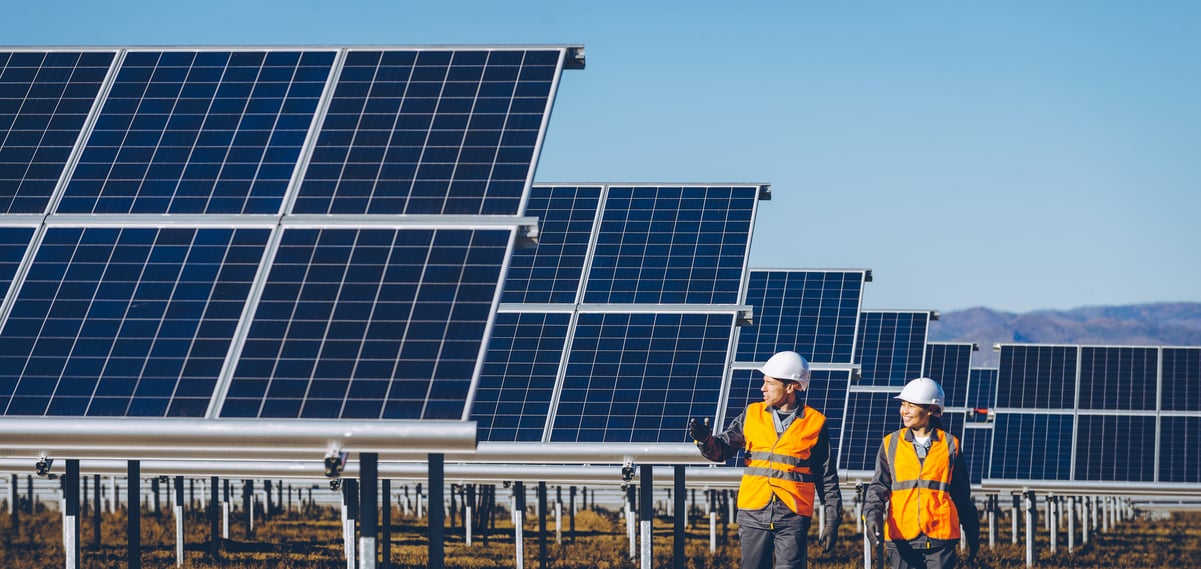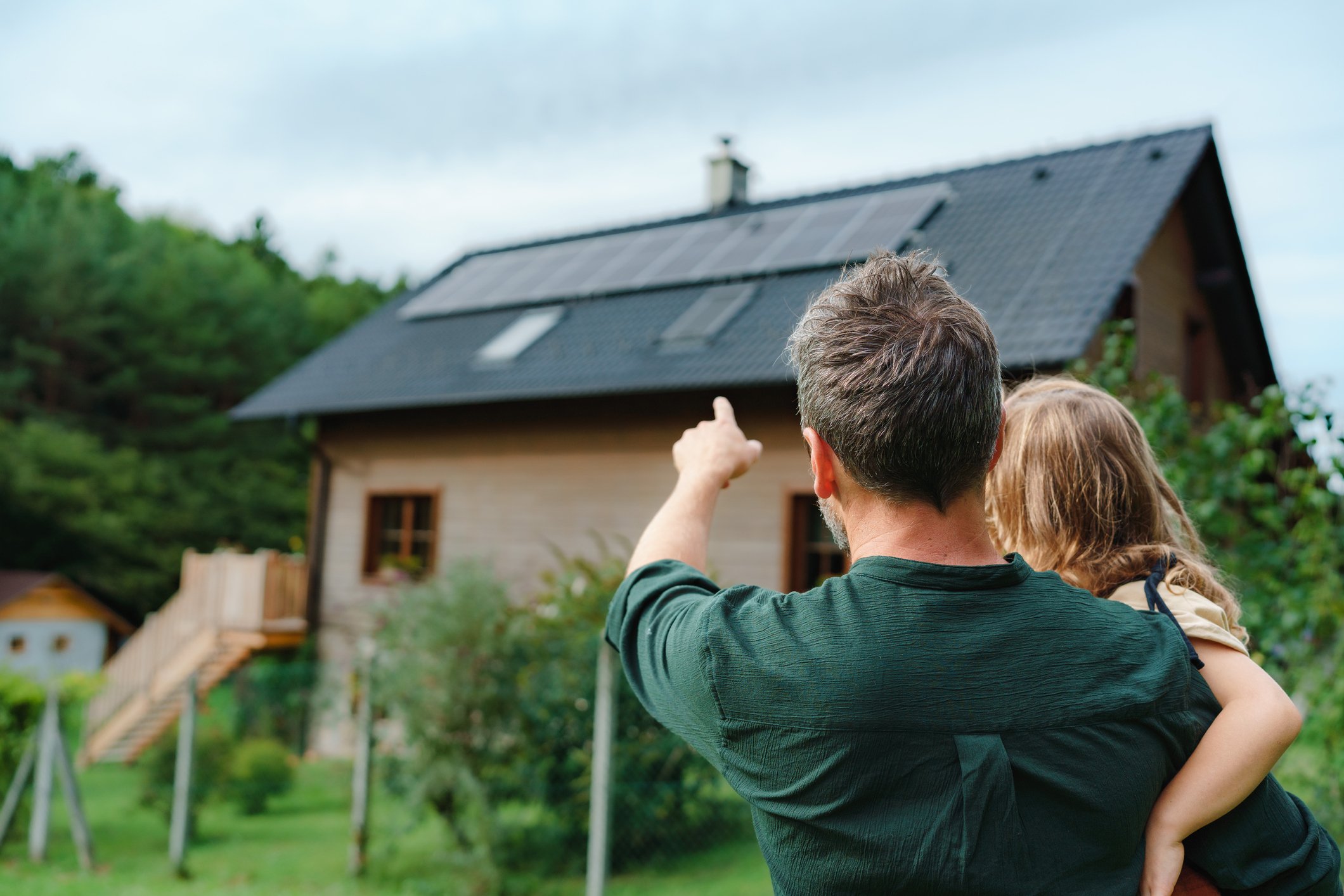First Solar (NASDAQ: FSLR) surprised investors with a fourth-quarter loss, and its results had a lot of information to unpack. But the company's earnings and guidance are just a few of the reasons the company is a major topic of conversation in the renewables investing community. Here's a look at some of the factors that could affect the company's prospects as a long-term investment.

Image source: Getty Images.
Major changes are coming
First Solar's surprising Q4 loss was largely the result of timing issues tied to asset sales and revenue recognition, and adverse weather, including a typhoon in Japan that damaged projects.The company has also seen some hiccups related to closing out manufacturing of its Series 4 solar modules in favor of ramping up production of the higher-capacity Series 6 version.
The company manufactures the modules used to build solar projects and also develops and builds the projects itself, but said at the time of its Q4 results it is considering a sale of its development arm.
On the company's Q4 conference call, management said challenges related to the business over the last few months have had "significant impact" with respect to revenue and gross margin. "These challenges relate to both project sale and completion timing as well as higher expected cost due to adverse weather impact," Chief Executive Officer Mark Widmar said.
A sale could be a positive, not only for the potential boost to the company's already robust balance sheet, but also to refine the company's focus. Unloading the unit would allow First Solar to focus on its primary business, module production, particularly during the critical time when it launches its Series 6 model, which the company said is "largely sold out through the second quarter of 2021."
The company has been working to expand its manufacturing footprint for the Series 6 modules, which it touts as having higher energy yields at a more competitive cost. For 2020 the company expects to produce 5.7 gigawatts of Series 6 volume, which would represent a year-over-year increase of over 50%. "On the demand side, we ended 2019 with net bookings of 6.1 gigawatts and the current contracted backlog of 12.4 gigawatts," the company said on its earnings conference call. "Our opportunity pipeline continues to grow going into 2020 with the global opportunity set of 18.1 gigawatts including mid-to-late stage opportunities 8.2 gigawatts."
A class action lawsuit is settled
Earlier this year First Solar disclosed the settlement of a class-action lawsuit. The suit, brought by a hedge fund controlled by Maverick Capital, alleged the company misled investors about the extent of manufacturing difficulties that ultimately affected earnings and share price for those who bought shares between April 2008 and February 2012. First Solar settled the suit for $350 million but did not admit wrongdoing.
It will pay out the settlement in the first quarter. The significant amount paid out by First Solar in the suit may not do a lot for investor confidence, but it is a positive for the company going forward because it eliminates one uncertainty that has been lingering for a few years.
Is it time to invest?
First Solar recently marked 20 years since it launched operations. During that time it has underperformed the S&P 500 slightly, even as it benefited from federal subsidies for renewable energy and an unprecedented clean energy development boom. Over the past year things have been worse, with the company off by roughly 20 percentage points. Investors would be wise not to panic based on Q4's surprises as the company was hurt by a typhoon, an issue that should not affect earnings on a recurring basis. It also saw problems in the development unit it is now looking to sell. More concerning is the fact that the company has been around for more than 20 years but does not yet pay a dividend despite excess cash on the balance sheet, and has failed to consistently turn a profit.
On the other hand, renewables demand shows no signs of slowing down, particularly as more corporations switch to 100% clean energy and states increase renewable energy mandates. So as the company puts a long-standing lawsuit behind it, pursues a significant sale, and prepares to launch a new line of panels, its best days could be ahead and it may be ready to show investors more stability and reward. Would-be investors would be wise to keep the company in their sights until the initial ramp-up of Series 6 panel production is complete to see if the launch translates into improved profitability for First Solar.






